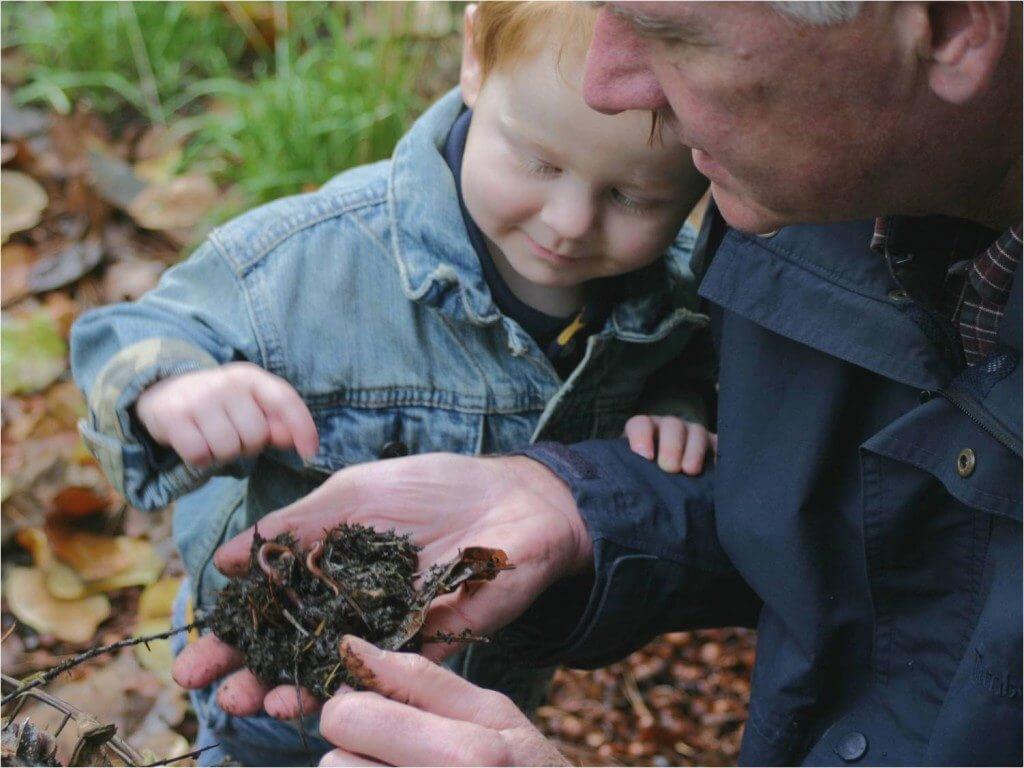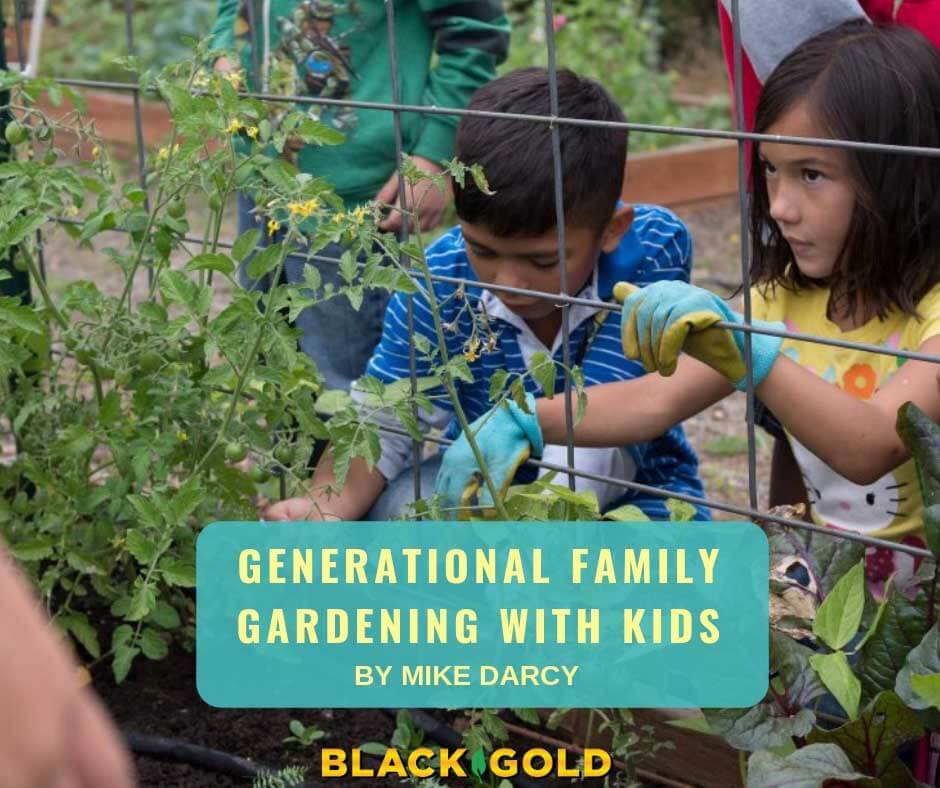
Gardening is best shared with multiple generations, especially for our youngest gardeners. Whether we gardeners have our own children, grandchildren, or children in the neighborhood, it is an easy role to fill. Young Millennial families are embracing gardening, so the goal for older gardeners should be to share our garden knowledge to inspire young, budding plant lovers. When everyone gardens, young and old, everyone wins.
A home garden, whether it be a small potted garden or raised bed full of vegetables, is the most natural place for kids to first discover gardening! Let them pick the flowers, harvest tomatoes, or help water and weed. Something as simple as pulling a deep dandelion root can be a great learning experience. It’s all about being outdoors and instilling a love of the earth and all the great growing things it sustains.
Gardening at home is where it starts for most families, but there are other more formal ways for gardeners to share their knowledge with the next generation. States across the country have programs to get kids involved in gardening at an early age, beginning in elementary school and continuing through high school. Most programs like these were inspired by the ground-breaking Edible Schoolyard program in Berkley, California. These are great places to volunteer your time and expertise. (Click here to learn more about national youth gardening programs).
Farm to School
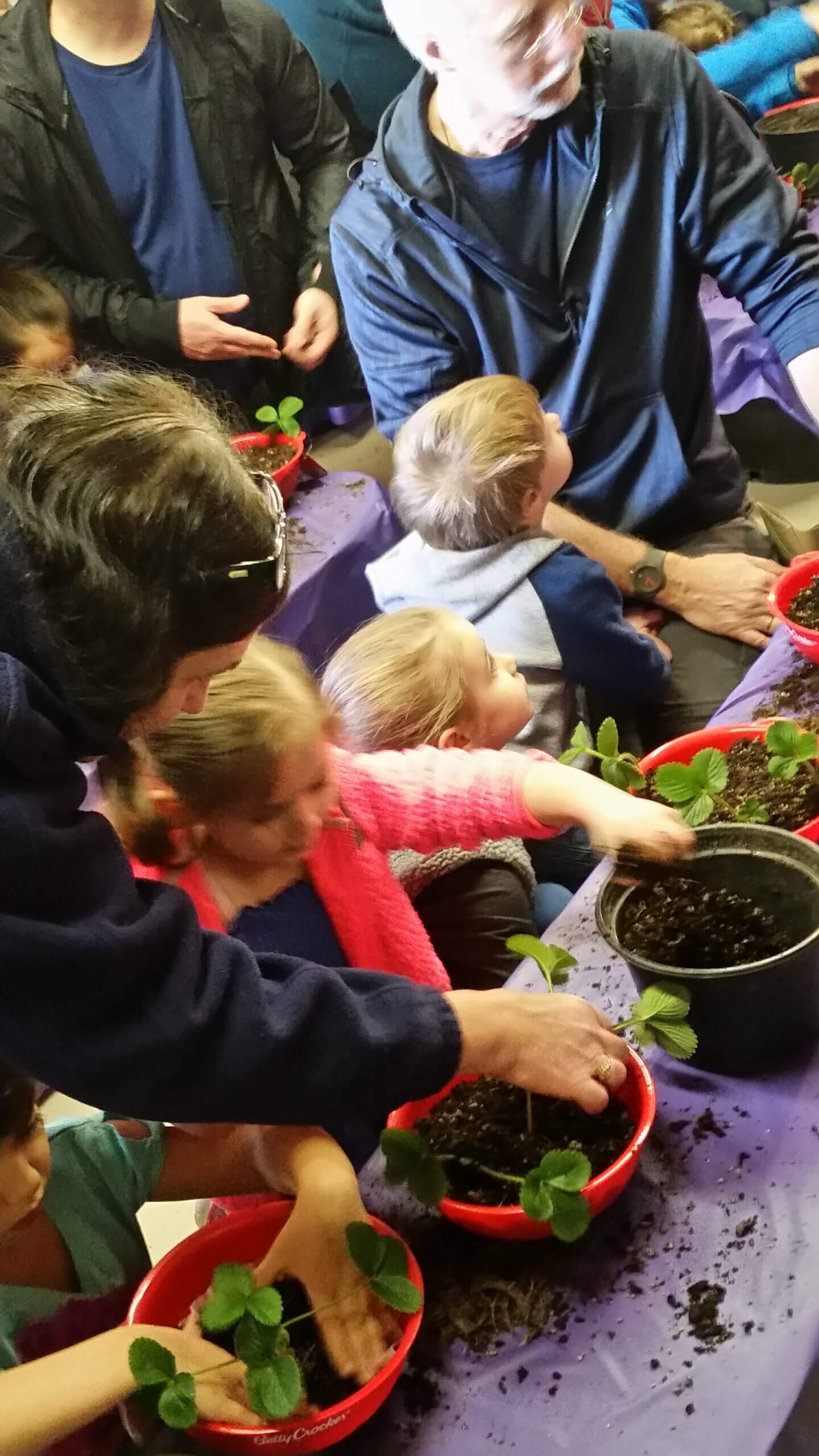
One such program in my state is through the Oregon Department of Education called Farm to School program. The goal of Farm to School is to establish school vegetable gardens, started and maintained by students from seed to harvest. Currently, 46% of in Oregon public schools participate in the program. It is an excellent way to get kids started in gardening while also giving them the benefit of extra outdoor physical activity. Students learn botany and horticulture, but also science, math, nutrition, and health. Volunteer gardeners are often invited to help support Farm to School gardening activities.
Local gardens and garden centers may also provide garden support to families. Locally in the Portland, Oregon metro area, a local chain of garden centers, Al’s Garden Center, has sponsored a Kid’s Club for over twenty years, with events specifically designed for kids. Classes may be about planting strawberries or “Growing an Edible Rainbow” of tomatoes, purple beans, cucumbers, and sweet corn. In addition to the actual planting, the teachers have a lesson plan to explain what it is they are planting and how it will
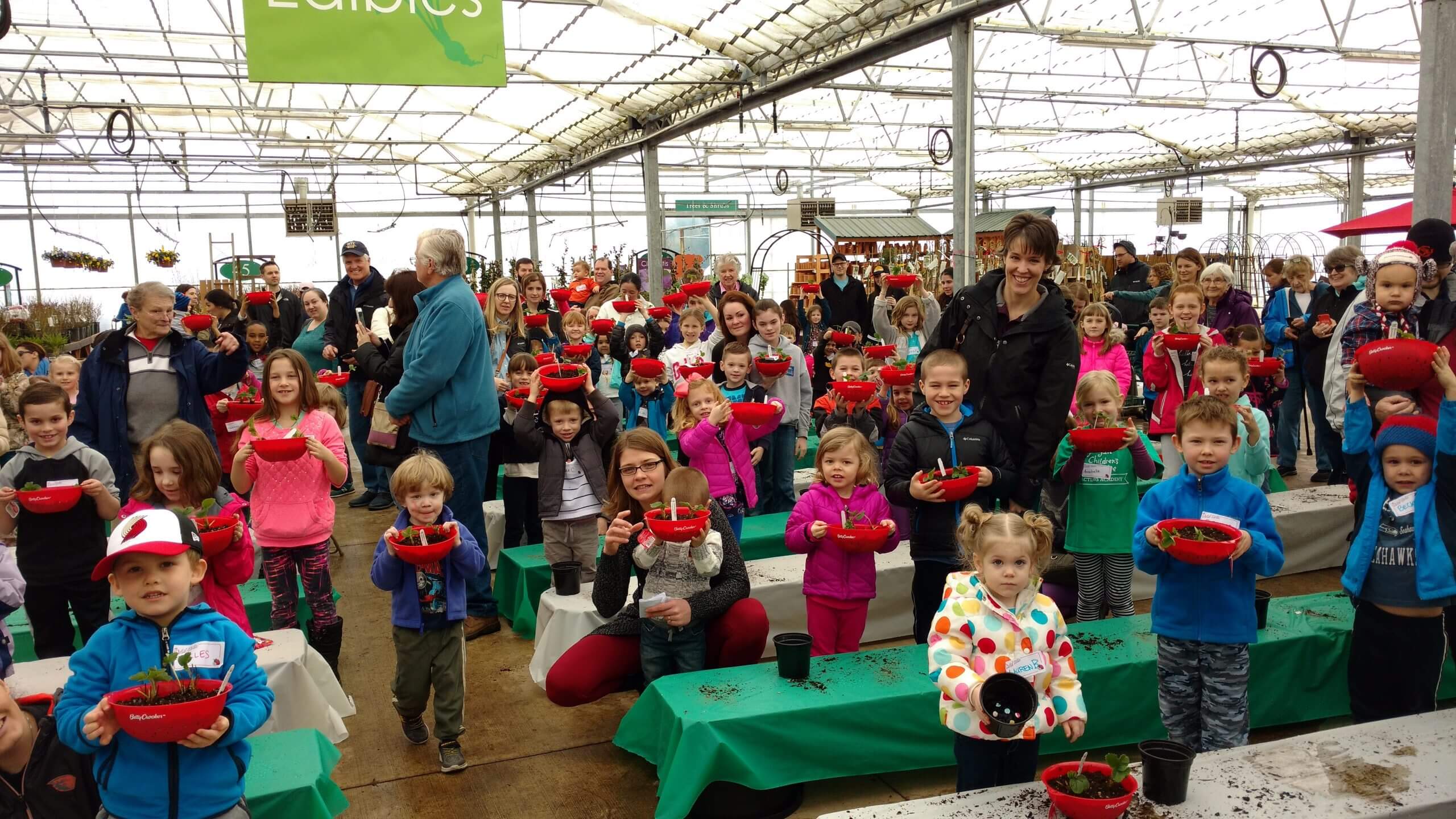
grow. (The Kid’s Club coordinator told me that many former Kids Club members, now adults with families and gardens of their own, have personally thanked her for everything they learned in the program!)
Public Gardens are also a great resource for gardening families and kids. Bellevue Botanic Garden in Seattle, Washington has great programs for kids, including popular “Kids in the Garden” sessions. (To discover a public garden near you, click here.)
Kids’ Gardening Tips
Through the years, I have visited classrooms to teach kids about gardening and taught my own grandchildren to garden. Here are a few tips that I have learned along the way:
- Select a vegetable that kids like. (Veggie list for kids)
- Many young kids do not like big tomatoes, so I avoid them.
- Plant seeds that are large like peas, corn, or beans. (Seed list for kids)
- Nasturtiums and sunflowers are great flowers for kids because their seeds are easy to handle and they germinate quickly.
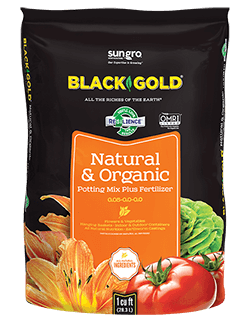
For hands-on seed-planting lessons, I take a bag of organic Black Gold Natural & Organic Potting Soil and fill lots of small, sturdy pots for the kids. In my experience, they love to put their hands in the soil, and for some, it will be their first time! They always enjoy planting time and watching their seeds sprout. I often take a nasturtium plant in bloom to show the kids what it will look like. Then I let them try a nasturtium leaf or stem, explaining that it will be spicy. This is always a fun project.
It is good news that we are seeing more families gardening, and I believe it is largely fueled by the organic vegetable movement. This movement has succeeded in making people more aware of the food they eat, where it comes from, and how it is grown. It has been a huge incentive for parents to begin a vegetable garden, even if gardening was not part of their history.
For those with limited space, growing vegetables in a container on a deck or patio can easily be accomplished. (Click here to learn how to grow vegetables in containers.) With grandparents and parents gardening, and the kids watching and learning, hopefully a new generation of gardeners is being born.
